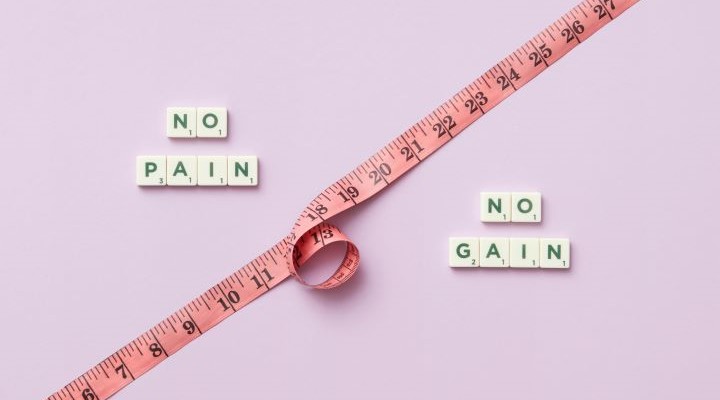
Fitness Mythbusting: What “No Pain, No Gain” Gets Wrong
Somewhere along the way, the phrase “no pain, no gain” became gospel in gyms and fitness circles. You’ve probably heard it blared in a workout video, printed on tank tops, or muttered through gritted teeth in the middle of a tough rep. However, here’s the truth: this mindset isn’t just outdated. It can also do more harm than good.
Pushing your body until it hurts isn’t the same as making meaningful progress. Just like revving your car engine doesn't always get you there faster, grinding through workouts without listening to your body can stall your goals or worse, cause injury.
Let’s set the record straight and get some of these fitness myths debunked once and for all.
Why “No Pain, No Gain” Misses the Point
There’s a big difference between challenge and actual pain. Muscles naturally feel tired or sore after a workout, especially if you're trying something new. That’s a normal part of adaptation. However, sharp pain, prolonged soreness, or joint discomfort? That’s your body waving a red flag.
The no pain no gain myth encourages people to ignore warning signs, believing suffering is the only route to results. In reality, training smart beats training hard, every time.
Soreness Doesn’t Equal Success
Not feeling sore the next day doesn’t mean your workout was a waste. Soreness depends on a variety of factors including hydration, sleep, recovery, and how familiar your body is with the movement. You can build strength and improve endurance without limping around for days afterward.
One of the best smart workout tips is to focus on consistency and technique over intensity. You’ll build a better foundation, reduce the risk of injury, and keep progress steady.
Rest Isn’t Laziness. It’s Strategy
Another common myth is that you have to train every day to make gains. However, your body actually gets stronger during recovery, not during the workout itself. Without proper rest, muscles don’t repair, inflammation builds up, and energy levels tank.
Think of rest like charging your phone. You wouldn’t head into the day with 10% battery, right? Give your body the time it needs to bounce back and get stronger.
Listen to Your Body, Not the Hype
Your joints, muscles, and energy will tell you when something’s off. The key to long-term fitness is learning to hear those signals and respond. There’s no shame in modifying a move, lowering weights, or pausing to catch your breath.
In fact, some of the most effective routines are built on smart workout tips that promote safety, sustainability, and variety. Fitness isn’t one-size-fits-all. It’s a lifetime of tuning in, not tuning out!
Rethinking “Push Through the Pain”
There’s a difference between effort and injury. If your workout feels more like punishment than progress, it’s time to step back and reassess. Swap in recovery sessions, mobility work, or lower-impact activities. You’re still making gains, they just look a little different.
Let’s get these fitness myths debunked for good. Training smarter helps you stay active, motivated, and injury-free for the long haul.
No Pain, No Brain? Time to Train Smarter
Ditch the no pain, no gain myth and build a routine that respects your body while delivering results. For trusted wellness resources, education, and tools that support long-term health, turn to National Wellness and Fitness Association. Informed effort always wins over reckless grind!